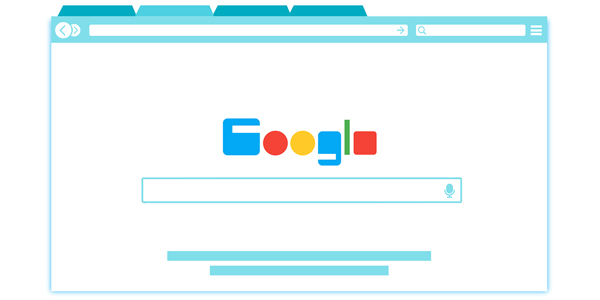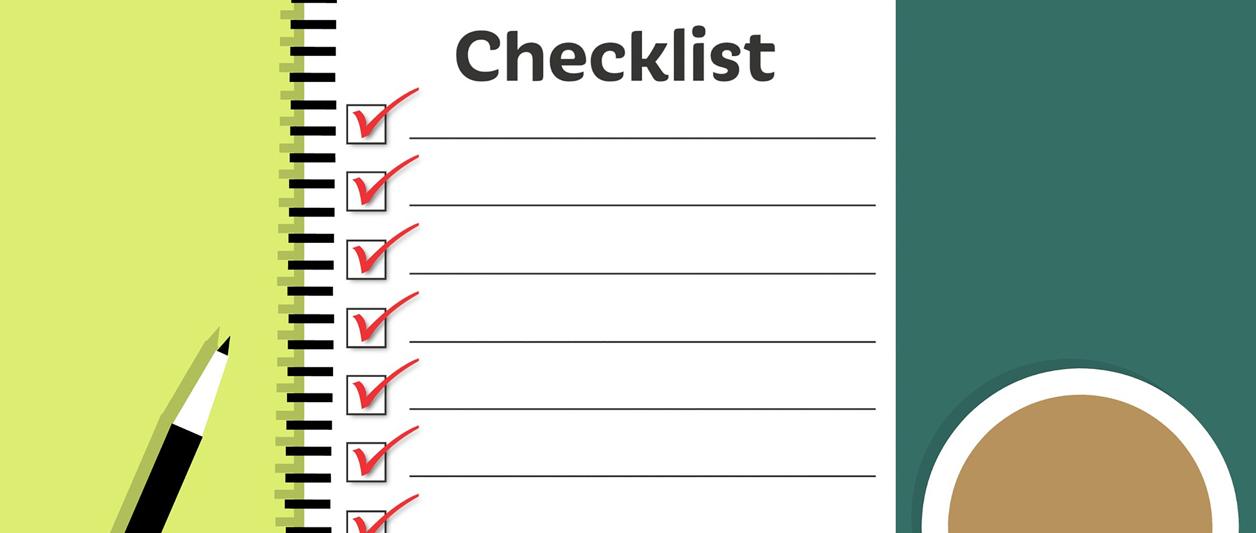
Back in 2007, Chris Messina was the first Twitter user to use the “pound” or “hash” symbol as a social media tag; he would go on to lay the groundwork for using tags on the platform. But it was Instagram that would ultimately become “King of the Hashtag,” making them standard for categorizing content and allowing it to be discoverable on the photo and video-sharing network.
Get the infographic!
Today, hashtags can be found on Twitter, Instagram, Facebook and other platforms, and as we previously said, when used properly, hashtags are vital tools for growing audiences, increasing engagement and extending reach on social media.
In this first of a two-part series, we take a look at the basics of leveraging hashtags for your
social campaigns.
Here goes!

Researching Social Media Hashtags
It’s vital to research hashtags before using them on any social media channel, because the more thought you put into your hashtag strategy, the better your chances of successfully reaching your
target audience.Ultimately, there are many ways to dig up the most effective hashtags, and it all depends on your business objectives.
No matter your goals, use these tactics to drill down on the best hashtags:
Research Relevant Topics
The ideal place to begin is by taking a look at news and larger trends relevant to your brand. Couple these with the keywords you already use in your SEO and content marketing strategy, and you have the perfect place to find good hashtags to engage with your target audience.
Expert tip: Search for hashtags on both Twitter and Facebook to look for any potential hashtag trends in your industry that could be used in future tweets and posts.
Research Your Audience
Instead of just using general hashtags at random, delve a bit deeper to find out exactly which hashtags your target audience uses and include them into your content.
Expert tip: To get better engagement, dive into longer tail hashtags your target audience usually searches for. To reach a more targeted audience with less search result competition, use very specific hashtags that are relevant to your business. For example, instead of #NYCrestaurants, think #NYCchinesetakeout.
Research Industry Leaders
One of the best ways to locate useful hashtags is to follow influencers and leading brands in your space and “steal” the hashtags that they tend to use. In the process, you’ll probably uncover some new hashtags you hadn’t thought of to add to your repertoire.
Expert tip: Search out top business in your industry and hitch a ride on their success by using the same social media hashtags they use.
Additional Ways to Research Hashtags
- Do Google searches on various potential hashtags, being sure to leave out the “#” symbol, both with and without spaces between the words.
- Try specialty tools like Ahrefs’ Keyword Explorer and Hashtagify to research high-performing tags.
- Search Twitter, Instagram and other social networks to confirm that your branded hashtag hasn’t been used before…especially in a bad way.
- Conduct due diligence to ensure that your tags don’t have other meanings that could confuse your audience and land you in hot water.
- Thoroughly think through any acronyms you plan to use as hashtags for any unintended gaffes.
- Let someone else take a look at your hashtag list before you tweet or post them. They may discover problems or spelling errors that you missed.

How to Use Hashtags
Although there is a large body of available research on how many hashtags you should use to increase engagement, the best answer is it depends on your brand, audience and goals.
Most seasoned marketers say it’s a good idea to limit hashtags on Twitter and Facebook to a maximum of two and those on Instagram anywhere between 8 and 12 in each post. Others take a more is better approach, especially on Instagram, where you’re allowed a maximum of 30 per post.
No matter how many tags you decide to use, the most important thing is to research and choose them well, making sure they are relevant to your content and the interests of your audience.
Expert tip: Being as specific as possible with hashtags helps narrows the pool of potential targets, which makes it easier to build a highly engaged audience.
Daily Hashtags
Daily hashtags are a great way to engage your target audience every day.
So, consider using these popular tags on designated days:Monday: #MondayBlues, #MondayVibes, #MondayMorning, #MondayMotivation
Tuesday: #TuesdayVibes, #TuesdayTip, #TipTuesday, #TuesdayTreat
Wednesday: #HumpDay, #WednesdayWisdom, #WednesdayMotivation, #WednesdayNight
Thursday: #ThrowbackThursday, #TBT, #ThursdayMorning, #ThursdayNight
Friday: #FridayNight, #FridayFeeling, #FridayNightLights, #FlashBackFriday
Saturday: #SaturdayMorning, #SaturdayNight, #SaturdayLove, #SaturdayLunch
Sunday: #SundayFunday, #SundayMorning, #SundaySpecial, #SundayMood

Hashtag Best Practices and Tips
Tag Best Practices
- Use a balanced combination of relevant general, niche and location-based hashtags
- Include one branded hashtag in every Instagram post
- When running a marketing campaign or giveaway, use one campaign hashtag
- Think about using holiday, event and local hashtags to boost post visibility
Additional Tips
- Keep them simple. Make them easy to remember (and spell) to make sure users can easily search for and discover them.
- Be real. Be realistic about whether people will use them and make them fit naturally into content.
- Stay relevant. Use tags that are in some way related to your brand identity or line of business.
- Don’t forget the power of influence. Partner with social media influencers to get more exposure and visibility for your hashtags.

The Social Media Hashtags Checklist
- Stay away from generic hashtags, since they are lost in a sea of search competition.
- Carefully count your hashtags on Instagram, because using more than 30 will get your post blocked in search results.
- Research both your target audience and competitors to find out which hashtags they use.
- Follow industry-related hashtags to stay up to speed on trends related to your business.
- Organize your list of hashtags spreadsheet, and keep track of any analytics related to them.
- For Instagram users, keep you frequently used hashtags in your smartphone notes for fast access.
- Devise a hashtag strategy that includes different types of hashtags and various forms of content.
Conclusion
Hashtags are a highly effective way to increase your following, boost engagement and expand brand awareness. By doing your homework with research, properly using hashtags in your posts and being consistent your tag strategy will repay your business in a big way. Stay tuned for part two of the series which will offer a deep dive into using hashtags to skyrocket engagement.
-
Looking for a social media boost? CLICK HERE for a Free Consultation and learn how Dotlogics can promote your brand across all major platforms!
Let's Get to Work.
Have an unsolvable problem or audacious idea?
